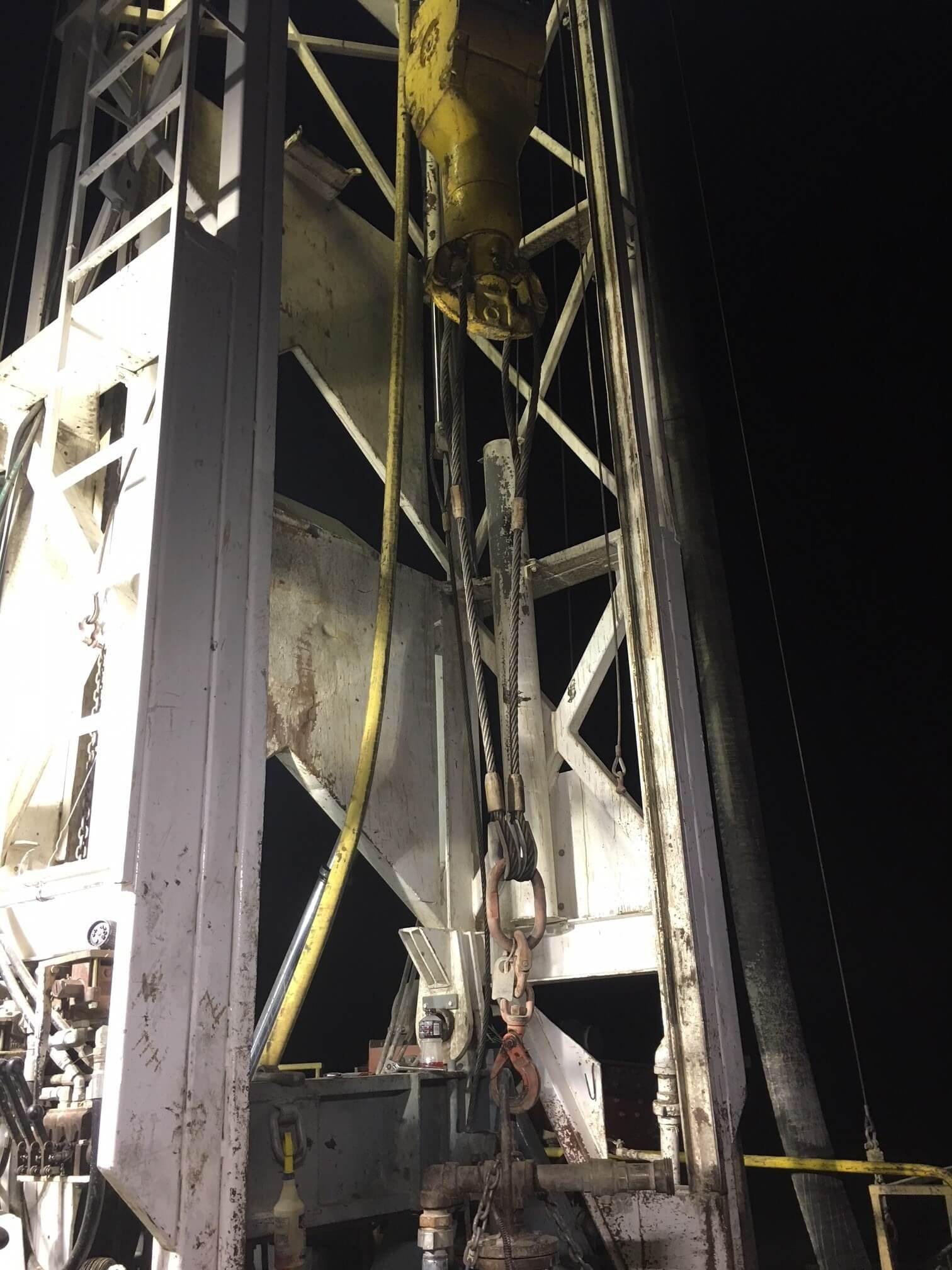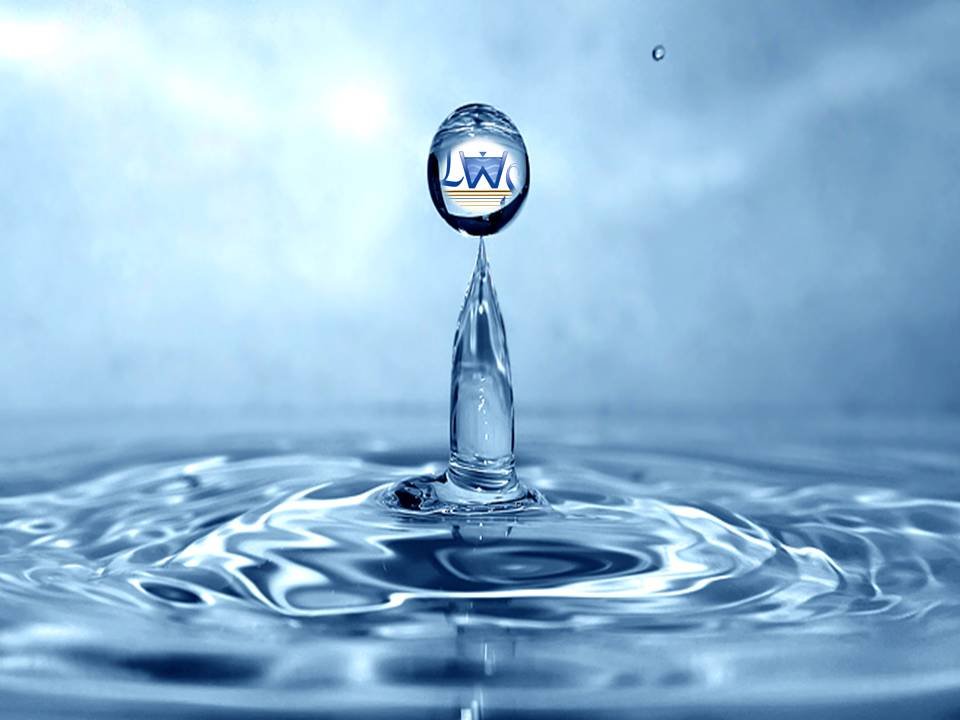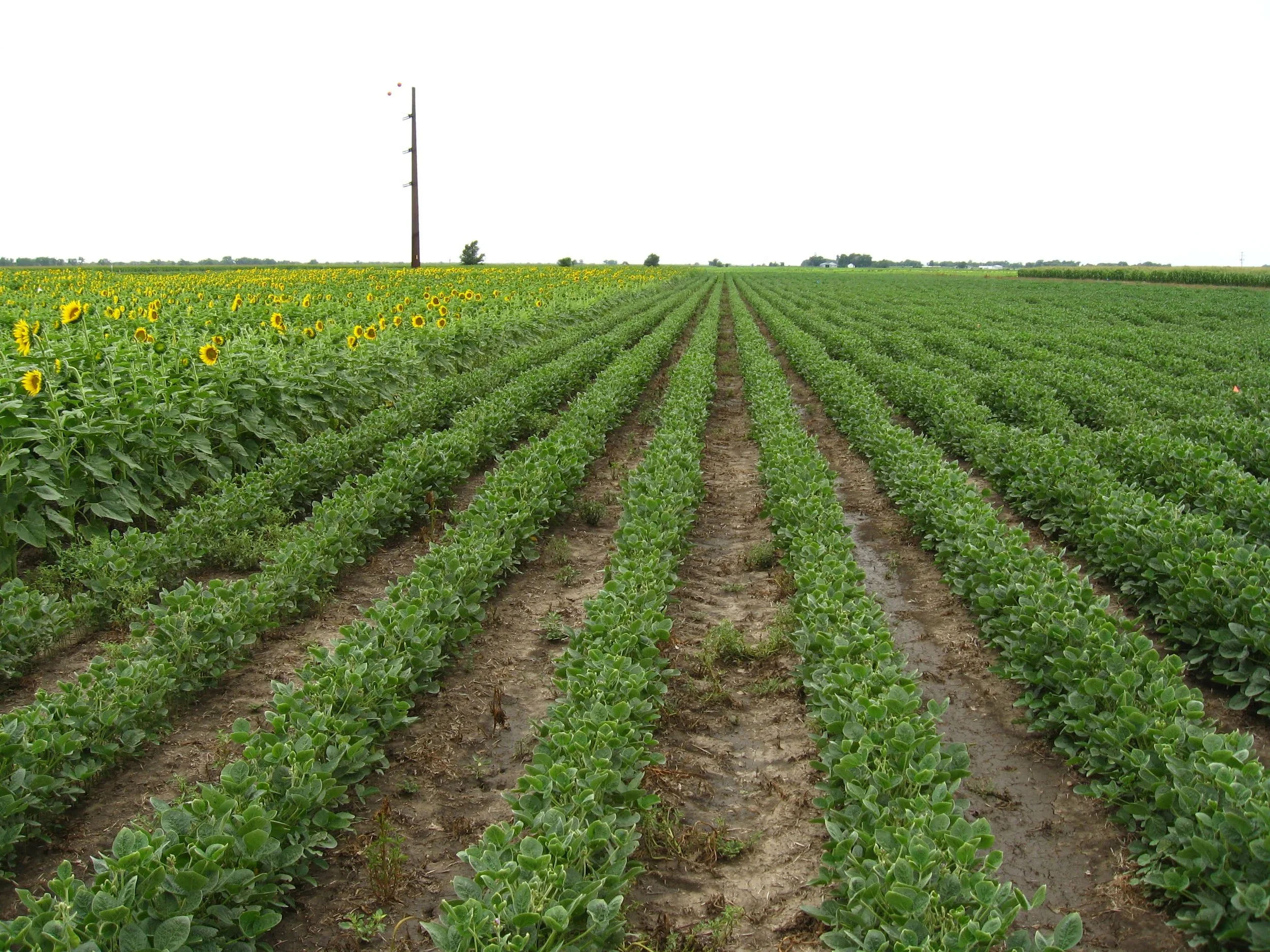Blog

Indirect vs Direct Potable Reuse
It seems obvious that there is a very serious water shortage in the West, so water conservation and water reuse are getting a lot of attention, deservedly so. What does reuse mean? In its simplest form: not all water that is used for municipal purposes gets consumed, much of the water delivered to homes and businesses returns to a water reclamation facility where the water is treated. What happens to this water after it is treated? … Find out more!

Issues That Can Occur While Drilling Wells
“There are no perfect drill holes, or drill rigs.” I have heard this more than once from multiple drillers. What does it mean?…FIND OUT HERE!

LWS Presenting at SDA Conference & AHS Symposium
Lytle Water Solutions has two of our Engineers providing presentations in Colorado and Arizona in mid-September 2022! The SDA Conference in CO and the AHS Symposium in AZ. Please come see us!

Radionuclides and Their Occurrence in Groundwater
The focus of this blog is to describe the nature of radionuclides, where/why they occur and the treatment of water supplies with these isotopes. READ ON….

How Can You Help With Water Conservation?
It’s no secret the southwestern U.S. is experiencing extreme drought conditions. Water supply availability for the millions of residents in the drought-stricken area is the obvious issue, but just as important is that the west relies to a large degree on hydropower for our electricity. Read on to find out how you can help!

Developing Low Production Groundwater Monitoring Wells
When water quality sampling is key to understanding existing water quality conditions, the introduction of foreign water is not acceptable. As such, developing monitoring wells in a low-producing aquifer so they can sample native groundwater can be challenging.

What is Colorado’s Obligation Under the Platte River Recovery Implementation Plan?
There are four endangered species in the Platte River in Nebraska: the interior least tern, whooping crane, piping plover and pallid sturgeon. To protect these species there needed to be flow protections implemented on the contributing drainage basins, i.e., the South Platte River in Colorado, the North Platte River in Wyoming, and the Platte River below the confluence in Nebraska through south-central Nebraska. The result was The Cooperative Agreement for Platte River Research and Other Efforts Relating to Endangered Species Habitats Along the Central Platte River, Nebraska, sometimes referred to as the Tri-State Agreement (see LWS blog from July 21, 2022).

The Tri-State Agreement and Platte River Recovery Implementation Program
The Platte River Basin, including the South Platte River in Colorado and the North Platte River in Wyoming, is an important water supply source for both states, as well as Nebraska through the Central Platte River Basin. However, due to the presence of endangered species in the Central Platte River Basin, it is recognized as a critical environmental zone…

Nebraska’s Interest in the South Platte River Compact
Colorado, being the Headwaters state (see LWS 6/8/21 blog), is subject to several interstate compacts that regulate water use in the river basins that rise in Colorado but pass into downstream states. The South Platte River Compact (“Compact”) is one such compact. It was signed between the States of Colorado and Nebraska on April 27, 1923...

U.S. Drought Monitor
Our primary focus on drought relates to drought impacts on water supply, including all of drainages basins in Colorado. Currently, drought awareness is most acute in the Colorado River Basin. This blog is an introduction to the data compiled by the National Drought Mitigation Center (NDMC) at the University of Nebraska-Lincoln and the varied conditions that are lumped into the term “drought”.

Series: Colorado Water Law Basics - Impact of Tier 1 Water Restrictions
Now that Tier 1 water restrictions are in place, review the LWS blog series on the Apportionment of the Colorado River, the Colorado River Drought Contingency Plan, and a Case Study [in AZ] Addressing the Impact of the Drought Contingency Plan!

